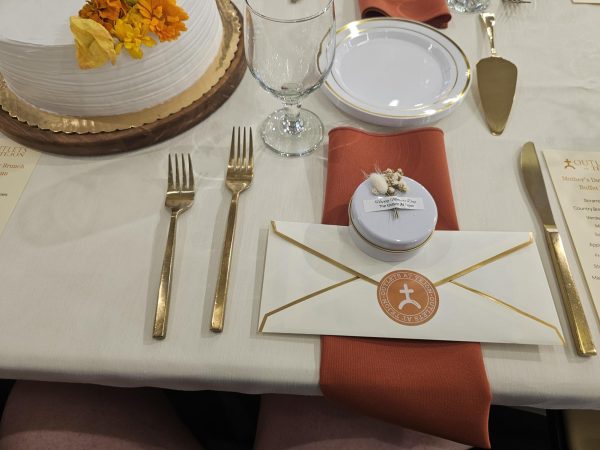RBG’s Legacy
Ruth Bader Ginsburg was a Justice of the Supreme Court appointed by Bill Clinton back in 1980. She was beloved by many and loved helping others.
The Extraordinary Life of Ruth Bader Ginsburg
With the recent passing of Supreme Court Justice Ruth Bader Ginsburg, it is only right to share her
life, career, legacy, and humanity.
Joan Ruth Bader was born March 15, 1933, the second daughter of Nathan and Celia Bader, and was brought up in a low-income, working-class neighborhood in Brooklyn, New York. Ginsberg’s mother was a major influence in her life; she showed her the value of independence and the importance of a proper education. Unfortunately, Ruth’s mother lost her battle to cancer just one day before Ruth’s high school graduation. Her passing greatly affected Ruth, but it also lit a fire in her to pursue her dreams.
Ginsburg moved from James Madison High School to Cornell University in 1954, where she earned her bachelor’s degree in government. While she was there, she managed to finish at the top of her class and also meet her future husband; she married law student Martin D. Ginsburg that same year.
In 1956 Ginsburg enrolled in law school at the University of Harvard where she wasn’t exactly met with enthusiasm upon entering their program. She faced a hostile, male-dominant environment, being 1 of the only 8 women in a 500-person class.
Nevertheless, Ginsburg persisted and continued to excel academically; she eventually became the first female member of the prestigious legal journal, the Harvard Law Review.
Only a short while later, Ginsburg transferred to Columbia Law School in New York City in 1958 where in true Ginsburg fashion, she once again graduated first in her class in 1959.
Despite still facing gender-based discrimination, Ginsburg landed a job clerking for U.S. District Judge Edmund L. Palmieri. She then started teaching at Rutgers University Law School from 1963 to 1972, and Columbia 1972 to 1980, where she happened to become the school’s first female tenured professor. She also served as the director of the Women’s Rights Project of the American Civil Liberties Union.
In 1980, President Jimmy Carter appointed Ginsburg to the U.S. Court of Appeals for the District of Columbia; she served there until she was appointed to the U.S. Supreme Court by President Bill Clinton in 1993.
Her seat on the supreme court was monumental because she was the court’s second female justice as well as the first female Jewish justice.
One of her most monumental cases as a Supreme Court justice is United States v. Virginia, 1996. At the start of 1996, the Virginia Military Institute (VMI) was the nation’s last surviving all-male public undergraduate college. Hower by the end of 1996 that was no longer the case. A suit was filed against the school, arguing that the gender-exclusive admissions policy had violated the Equal Protection Clause of the 14th Amendment of the Constitution.The case reached the Supreme court where the state of Virginia argued that women weren’t properly suited for VMI’s rigorous training. Ginsburg representing the majority opinion made it clear that gender equality is a constitutional right.
Ginsburg spent her entire career fighting for gender equality, the rights of workers, LGBTQ rights, and the separation of church and state; she was a leader and a voice for the forgotten people of this country. Ginsburg changed the world with her fire for justice and equality for everyone regardless of gender, social class, religion, and sexual orientation.
Ginsburg lit the torch of justice and passed it down to us, the generation to keep her legacy alive.
Your donation will support the student journalists of Canyon High School. Your contribution will allow us to pay for our print issue magazine, website, and equipment costs.






